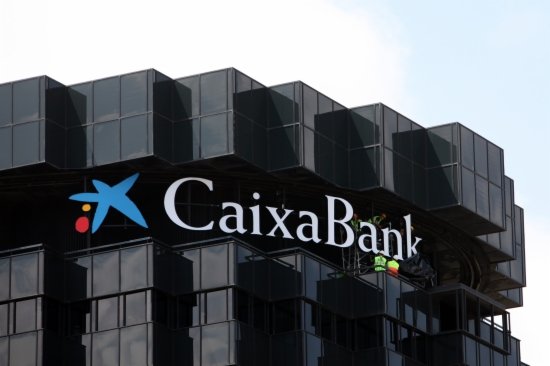All Catalan banks pass European Banking Authority stress test with a wide margin
The Catalan banking system boasts a strong image after the publication on Sunday of the 2014 EU-wide stress test results, issued by the European Banking Authority (EBA). All the financial entities based in Catalonia have sailed through the EBA stress test, showing they could face the most adverse economic developments with only their own resources. In the most difficult scenario, Barcelona-based CaixaBank – which is the largest bank in the Spanish market – reached a 9.3% equity ratio (CET1), Banc Sabadell got an 8.3% and Catalunya Banc an 8%. The minimum required was 5.5%, which was not reached by 24 of the 123 European banks analysed. Only one Spanish entity, Madrid-based Liberbank, would need additional capital in the worst case scenario.

Barcelona (ACN).- The Catalan banking system boasts a strong image after the publication of the 2014 EU-wide stress test results on Sunday, issued by the European Banking Authority (EBA). All the financial entities based in Catalonia have sailed through the EBA stress test, showing they could face the most adverse economic developments with only their own resources. In the most difficult scenario Barcelona-based CaixaBank – which is the largest bank in the Spanish market – reached a 9.3% equity ratio (CET1), Banc Sabadell got an 8.3% and Catalunya Banc an 8%. The minimum required was 5.5%, which was not reached by 24 of the 123 European banks analysed. This EU-wide analysis was undertaken by the EBA (based in London), in cooperation with the European Central Bank (ECB), European Systemic Risk Board (ESRB), and the European Commission, as well as the banking regulation authorities of the EU Member States. The main goals of the analysis are to strengthen transparency in order to foster market discipline and confidence in the European banking sector, stated the EBA.
The European Banking Authority stated that 24 banks of the 123 analysed financial entities would not be able to reach the 5.5% minimum amount of capital in the worst-case scenarios. They would also have problems reaching the 8% minimum in the basic scenario. Spain has only one bank included in the list of financial entities that will require additional capital: the Madrid-based Liberbank; despite it having reached 5.6% in the most adverse scenario it would still need €32 million of additional capital. Liberabank is the result of merging savings banks from Asturias, Extremadura, Cantabria and Castilla-la-Mancha (mainly Caja de Extremadura, Caja Cantabria and CajAstur, which had previously bought Caja Castilla-la-Mancha, CCM). Italy has 9 banks posting problems; Greece, 3; Cyprus, 3; Belgium, 2; Slovenia, 2; Austria, 1; Ireland, 1; Portugal, 1; France, 1; and Germany has also 1. Altogether they have posted a €24.6 billion shortfall of capital.
None of the 3 Catalan banks have posted any problems in the EBA 2014 EU-wide stress test. Barcelona-based CaixaBank, which is Spain's largest bank in the Spanish market ahead of Santander and BBVA, has posted a 9.3% CET1 in the worst case scenario. It is followed by Banc Sabadell, which would post an 8.5% equity ratio. Catalunya Banc, which has been bought by BBVA, posts an 8% in face of the most difficult economic developments. The bank posting the best results in Spain is the Basque Kutxabank, posting an 11.9% ratio in the most adverse scenario, followed by Bankinter (11%). The world giants BBVA and Santander get a 9% and 8.9% respectively in the worst-case scenario.